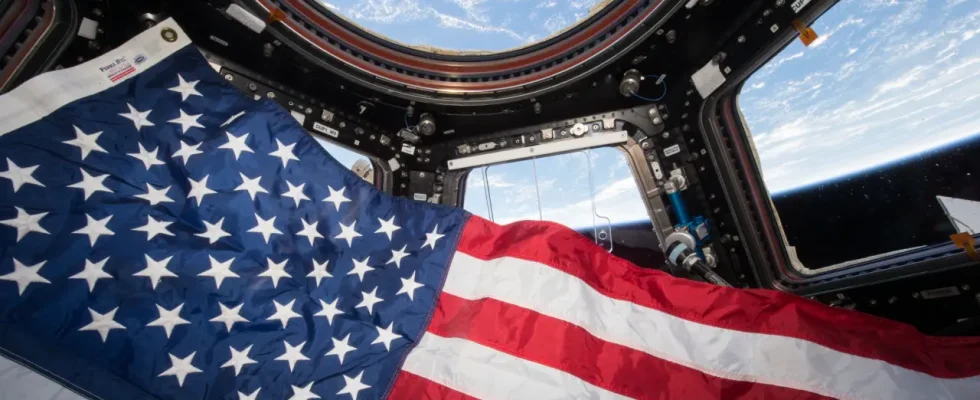After Neil Louis Armstrong’s landing on the moon in 1969, the idea that ‘the moon was never actually reached’ began to be put forward. Many people, who do not believe in the point reached in space exploration, continue to think that the records in question do not reflect the truth and that even the current images are just fictions. Social media user, who introduces himself as a “conspiracy theorist”, shared in NASA accounts. Anthem He claimed that the footage was fake.
“NASA filtered the island images to make them look like Mars!”
In the tweet content shared by the social media user; There is a video content allegedly shared by NASA and claims that the geological structure in the video belongs to Devon Island in Canada. The user also claims that NASA cannot go into space and cannot send satellites to planets. It is among the allegations made in the post that the images in question were served to the press in order to get a share from the US budget.
Experts examining the allegations say that the video in the tweet content is a video released by NASA. It is an assembled section Has detected. When the montaged video is compared to the original video shared on February 22, 2021, it is observed that the color tones were changed and living beings such as ‘bugs’ were added to strengthen the claim.
Devon Island, which is claimed to be the place where the images were recorded, has similar natural conditions to Mars due to its barren structure and facilities unsuitable for human habitation. Although it is the right venue to support unrealistic video content, the truth of the matter can be revealed with a short research.
So, what do you think about this issue? Do you think the USA is misleading us with its space explorations? You can share your views with us in the comments section.
